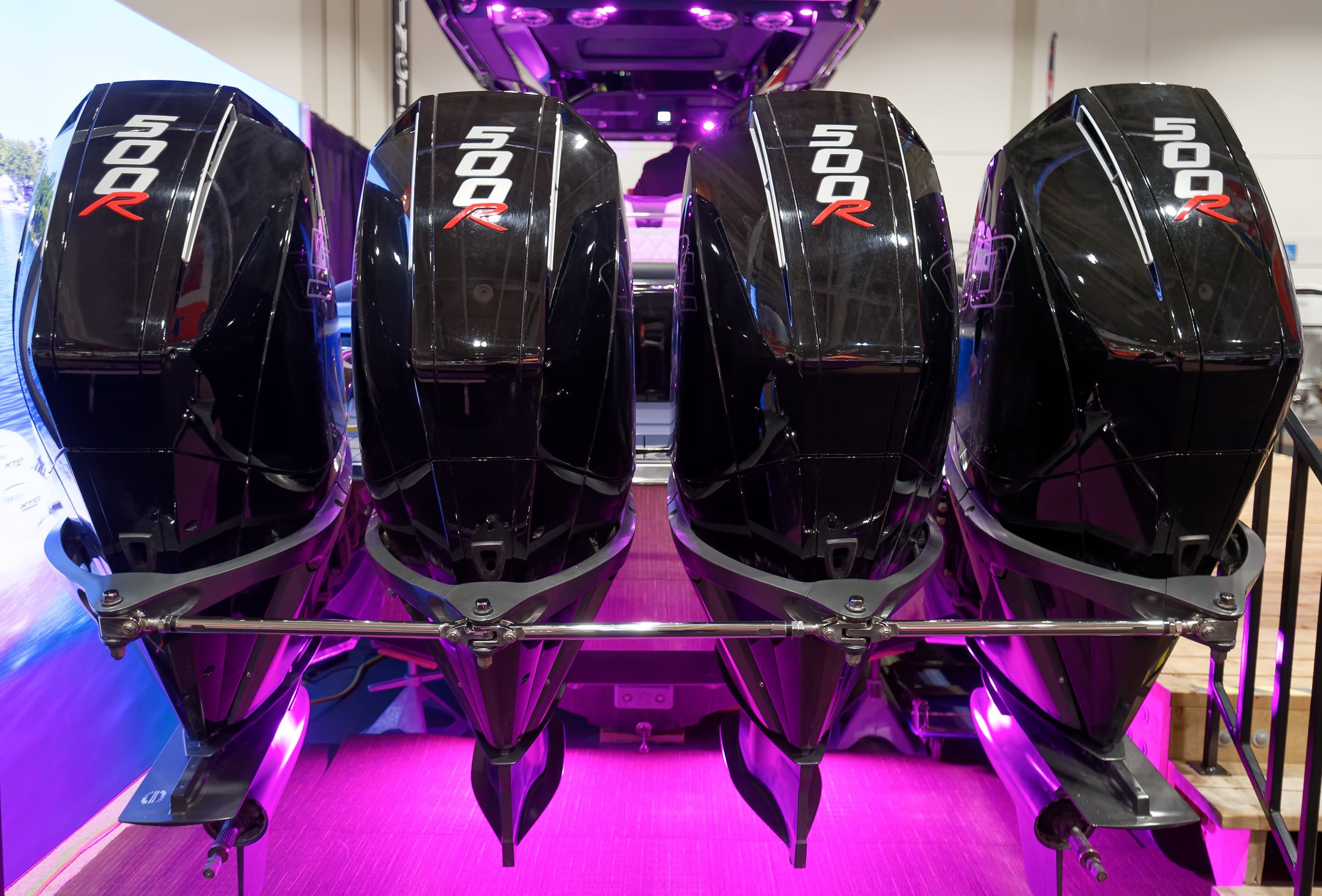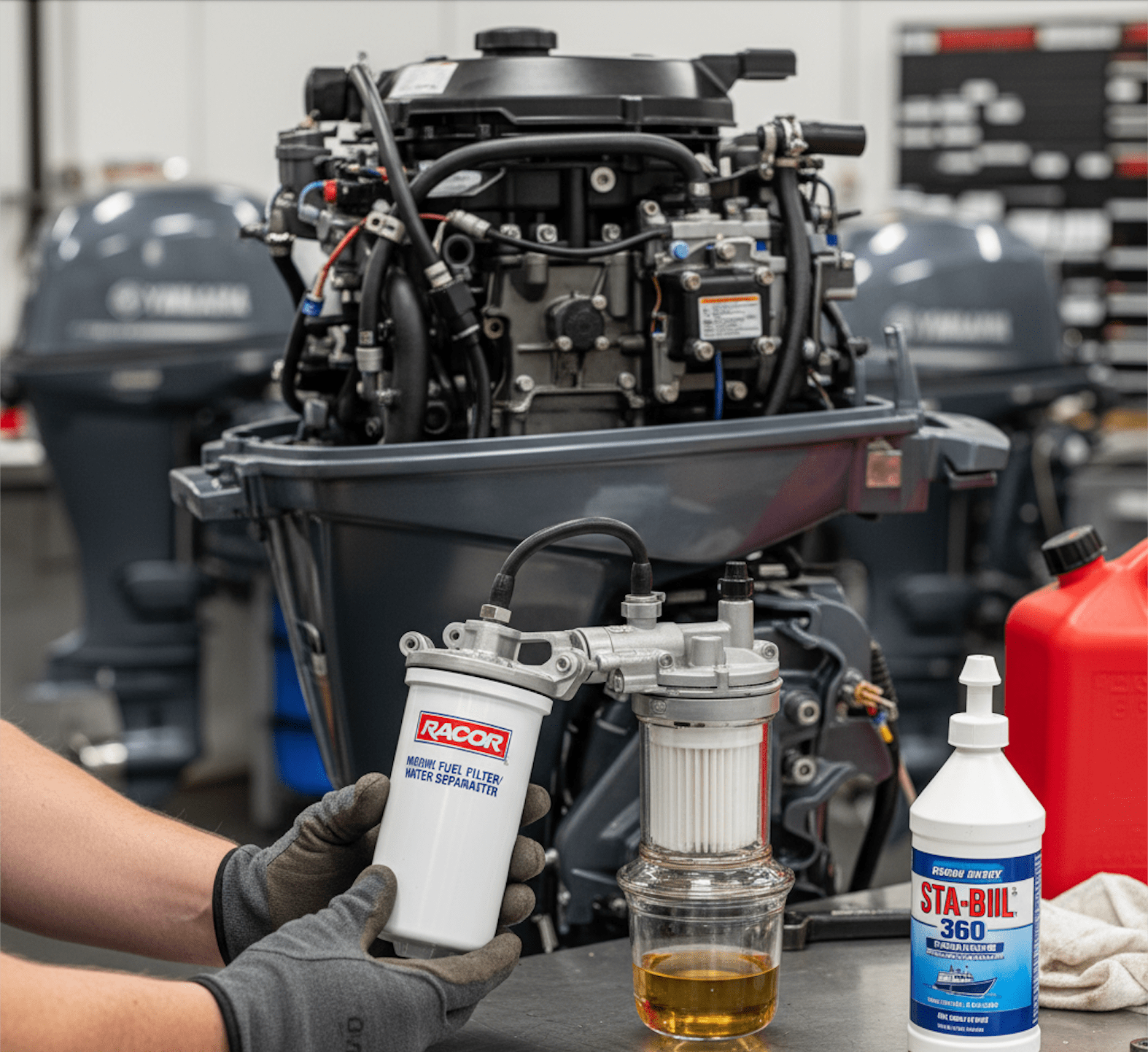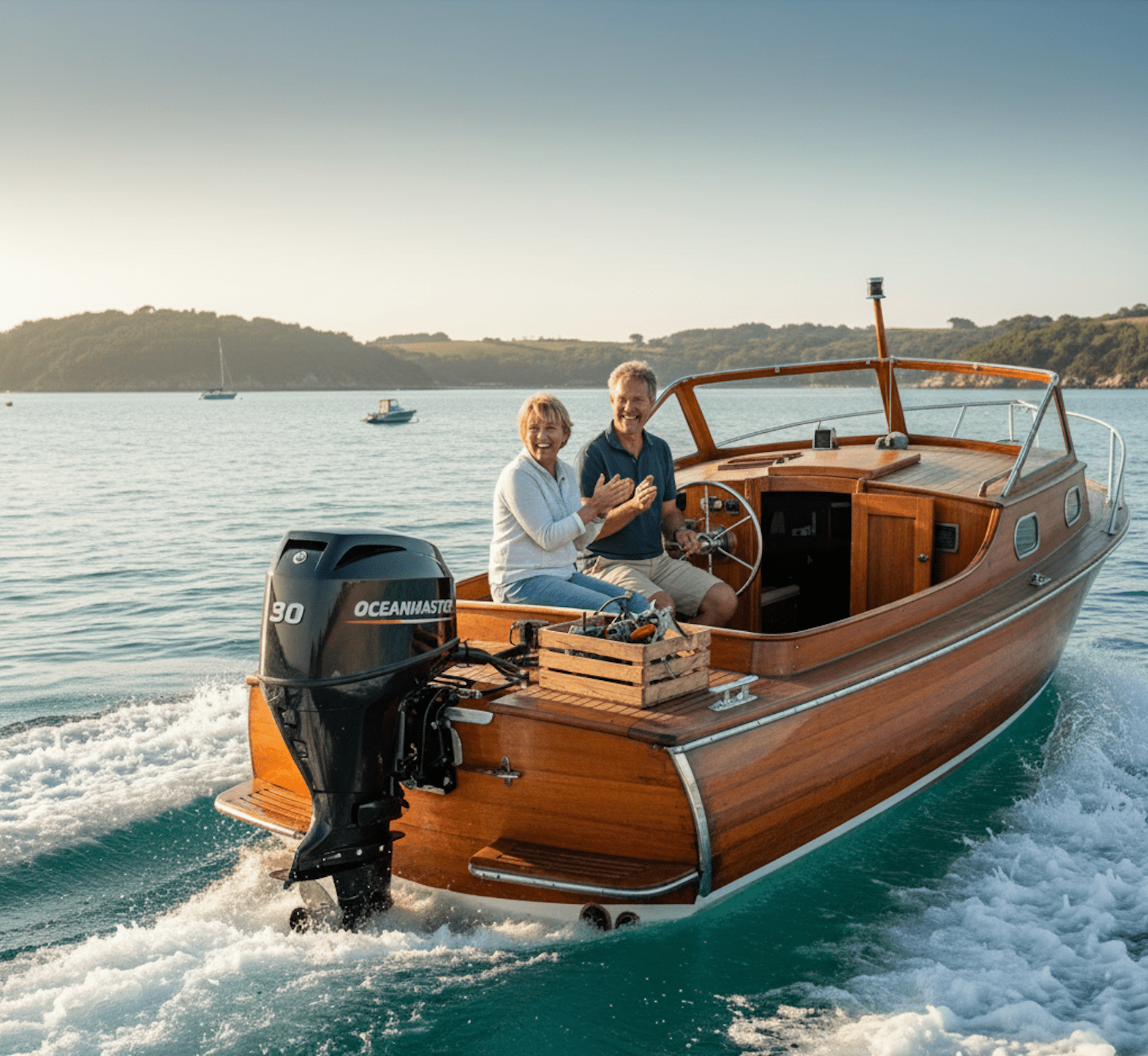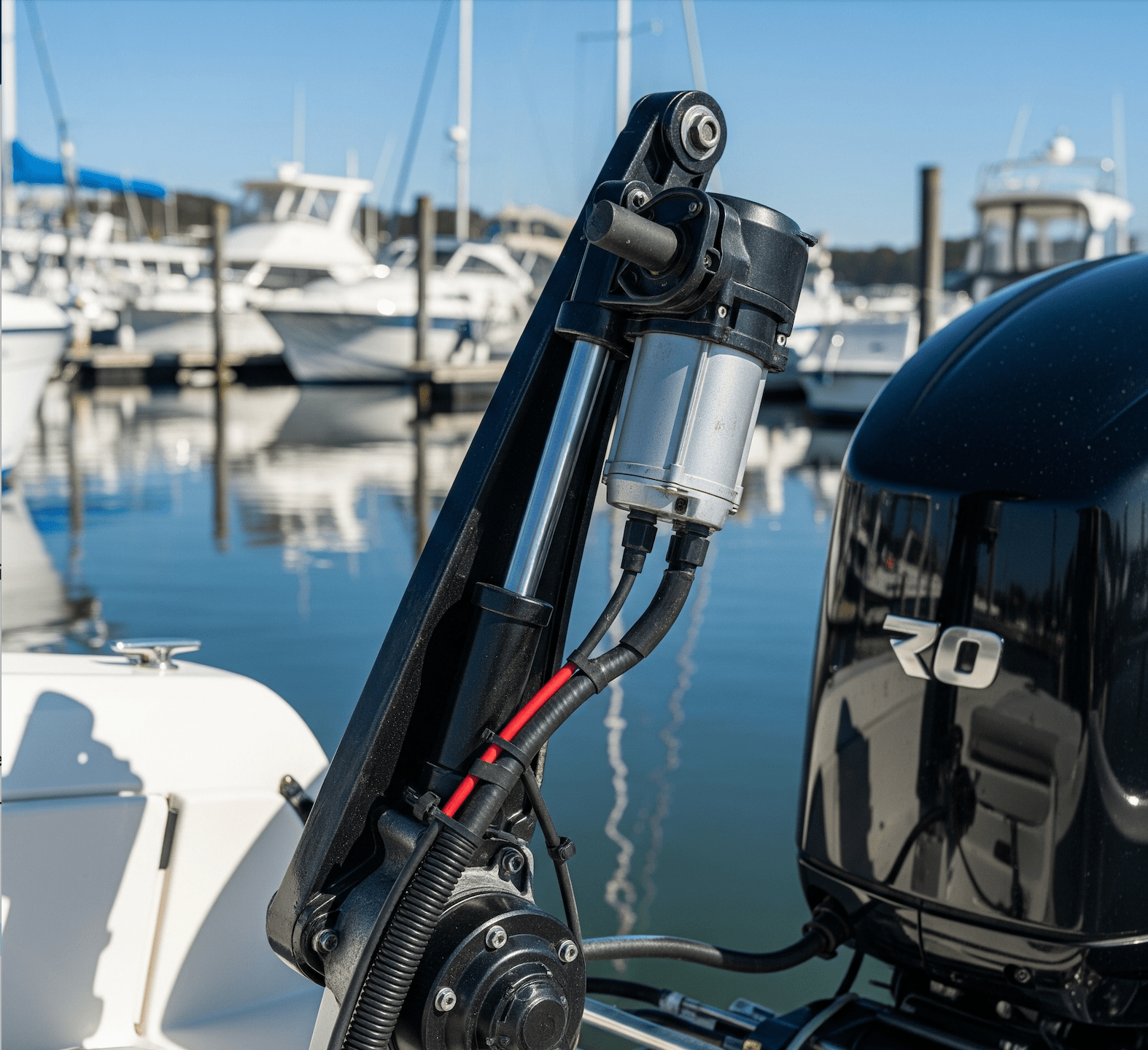Remember the days when an outboard motor was a noisy, smoke-belching beast that sometimes took a dozen pulls to start? While those classic engines hold a nostalgic charm, modern outboard technology has undergone a truly revolutionary transformation. Today's outboards are sophisticated marvels of engineering, offering incredible power, efficiency, and intelligence that were once unimaginable.
At All Outboards, we're fascinated by what powers your passion on the water. Join us as we dive into the incredible evolution of outboard design, highlighting the key advancements that have redefined the boating experience, helping you with the best technology has to offer.
1. The Fueling Revolution: From Carburetors to Precision Injection
For decades, outboard motors relied on carburetors to mix fuel and air. While effective, they were often inefficient, sensitive to altitude changes, and less environmentally friendly.
- Electronic Fuel Injection (EFI): This was the first major leap. EFI systems precisely spray fuel into the intake manifold using electronic sensors and computers. The benefits were immediate: easier, more reliable starting, improved fuel economy, smoother idle, and reduced emissions compared to carbureted models. Most modern 4-stroke outboards utilize some form of EFI.
- Direct Injection (DI): Taking efficiency a step further, direct injection systems (like the pioneering Evinrude E-TEC or Mercury OptiMax technologies) inject fuel directly into the combustion chamber. This innovation revolutionized 2-stroke outboards, making them incredibly clean-burning, fuel-efficient, and powerful, essentially bridging the gap with 4-strokes in terms of environmental impact and performance.
2. Precision at Your Fingertips: The Rise of Electronic Controls
Gone are the days of stiff, clunky mechanical cables for shifting and throttling. Electronic controls, often called "fly-by-wire," have transformed how we command our outboards.
- Smoother Operation: Electronic controls provide buttery-smooth, instantaneous throttle response and seamless gear shifting. This is a game-changer for docking, maneuvering, and overall driving comfort.
- Integrated Systems: Electronic controls aren't just about shifting; they integrate the engine with the boat's entire digital ecosystem. This allows for features like:
- Digital Gauges: Real-time data on RPM, fuel flow, engine temperature, and more, all on crisp, customizable displays.
- Joystick Piloting: For multi-engine setups, a joystick replaces complex shifting and steering, allowing effortless 360-degree maneuvering and precise docking.
- Auto-Trim Systems: Automatically adjust the engine's trim for optimal performance and fuel efficiency based on speed and water conditions.
3. Power, Efficiency, and Endurance: Advanced 4-Strokes
While direct injection breathed new life into 2-strokes, the 4-stroke outboard has arguably become the industry standard for new large-horsepower engines due to continuous innovation.
- Increased Horsepower & Displacement: Modern 4-strokes deliver immense power from lighter, more compact designs. Engines like the Yamaha XTO Offshore (V8) and Mercury Verado (V10, V12) boast massive displacement and advanced engineering for raw power.
- Enhanced Fuel Economy: Sophisticated combustion processes, variable valve timing, and advanced ignition systems continually push the boundaries of fuel efficiency, saving boaters money at the pump.
- Durability & Quietness: Advanced materials, robust designs, and refined exhaust systems make today's 4-strokes incredibly quiet, smooth, and long-lasting, significantly enhancing the boating experience.
4. The Era of Integration & Smart Propulsion
Today's outboards are not just engines; they are intelligent, interconnected systems that work seamlessly with your boat.
- Integrated Steering: Many high-horsepower outboards now feature integrated electronic steering, eliminating hydraulic lines and making for a cleaner, more responsive helm.
- Connectivity: Outboards can connect to multifunction displays, fish finders, and even smartphone apps, providing remote monitoring, diagnostic data, and GPS information.
- Auto-Docking & Advanced Piloting: The future is here, with some systems offering semi-autonomous docking capabilities and precise station-keeping features that hold the boat's position automatically.
- Remote Diagnostics: Mechanics can often diagnose issues remotely, reducing downtime and service costs.
5. The Green Horizon: Reduced Emissions and Electric Futures
Environmental responsibility has driven significant technological advancements.
- Lower Emissions: Modern outboards, both 2-stroke DI and 4-stroke, are vastly cleaner than their predecessors, meeting stringent emissions regulations and reducing their environmental footprint.
- Electric Outboards: The next frontier in propulsion, electric outboards (like Mercury's Avator series or offerings from Torqeedo) promise zero emissions, near-silent operation, and innovative battery technology, opening up new possibilities for quiet, eco-friendly boating.
Your Outboard, Evolved
The evolution of outboard motor technology has brought us more reliable, powerful, efficient, and user-friendly engines than ever before. These advancements translate directly into more enjoyable, worry-free time on the water.
Explore our resources to understand the latest innovations, and get ready to find your next adventure.
Subscribe to our newsletter and receive a selection of cool articles every weeks.







